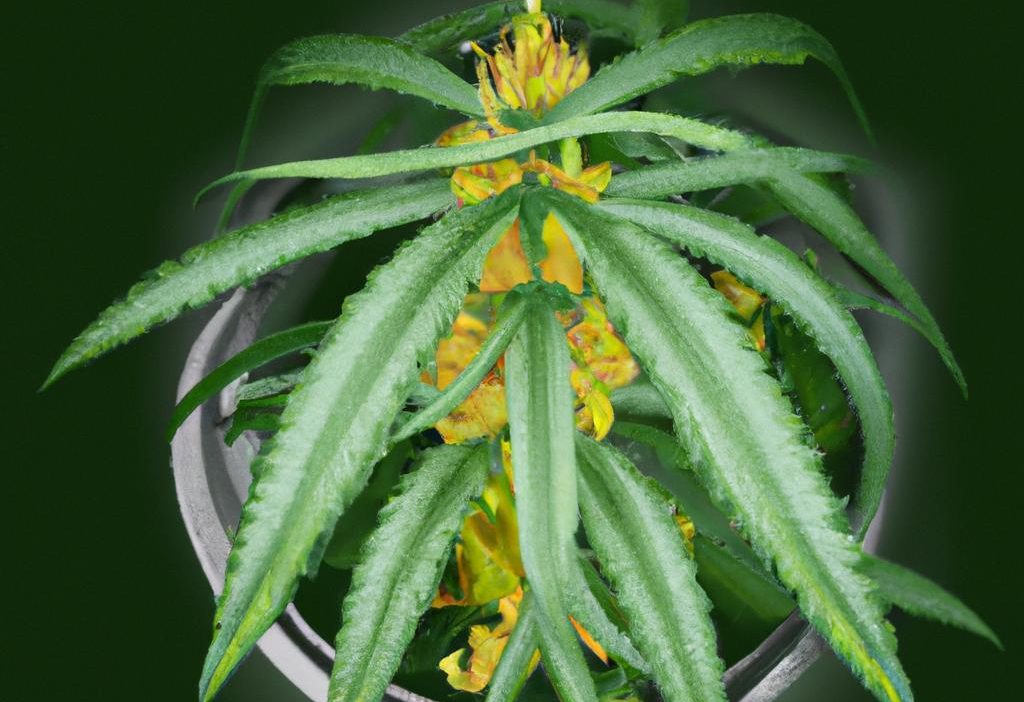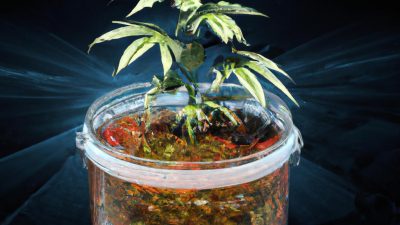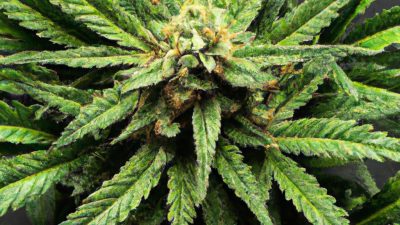
Safety Considerations When Using Ethanol in Cannabis Extraction
Cannabis extraction has evolved into a cornerstone of modern cannabis technology, helping producers deliver high-quality concentrates rich in cannabinoids and terpenes.Among various methods, ethanol extraction stands out as one of the safest and most efficient solvents, frequently enough praised for it’s ability to preserve the plant’s natural profile. However, ethanol’s flammable and volatile nature introduces specific safety challenges that operators must understand to maintain a safe and compliant extraction habitat.
In this article, we will explore the critical safety considerations when using ethanol in cannabis extraction, focusing on how these best practices fit into the larger landscape of cannabis processing and post-processing equipment. Whether your running a small craft extraction lab or a large-scale cannabis processing facility, understanding ethanol safety protocols is essential for both product quality and personnel safety.
Why Ethanol Is Popular in Cannabis Extraction
Ethanol extraction is favored in cannabis science for several reasons:
- Food-grade and relatively safe solvent: Ethanol is less toxic compared to hydrocarbons like butane or propane.
- Efficient extraction: It effectively extracts cannabinoids,terpenes,and flavonoids.
- Versatile: Can be used at different temperatures to customize product profiles.
- Regulatory acceptance: Ethanol is widely accepted by health authorities.
Nonetheless, ethanol’s flammability requires stringent safety protocols to mitigate risks during cannabis extraction.
Key Safety Considerations When Using Ethanol in Cannabis extraction
1. Understanding and Controlling Ethanol’s Flammability
Ethanol is highly flammable with a flashpoint of approximately 13°C (55°F). In cannabis extraction labs, where heat and electrical equipment are in use, this hazard demands strict attention:
- Use explosion-proof equipment: All electrical components must be rated for hazardous locations.
- Proper ventilation: Extraction rooms should have adequate ventilation to prevent vapor accumulation, reducing ignition risks.
- Temperature controls: Maintain ambient temperatures below the flashpoint of ethanol during extraction and recovery.
- Eliminate ignition sources: No open flames, smoking, or sparks in extraction zones.
2. Facility Design and layout
Designing the extraction area with safety in mind is crucial,especially when using ethanol:
- Separate raw material,extraction,and post-processing rooms with fire-resistant barriers.
- Install automatic fire suppression systems tailored for ethanol fires, such as foam or dry chemical systems.
- Use sealed solvent recovery units with vapor recovery to minimize ethanol emissions into the lab environment.
- Ensure emergency exits and clear evacuation routes.
3. Personal Protective Equipment (PPE)
Handling ethanol requires appropriate PPE to protect operators from chemical exposure and fire hazards:
- Chemical-resistant gloves (e.g., nitrile) to prevent skin contact.
- safety goggles or full-face shields to avoid eye irritation.
- Flame-retardant lab coats or aprons.
- Proper footwear that is non-slip and fire-resistant.
4. Solvent Storage and Handling Best Practices
Safe management of ethanol containers and solvents is paramount:
- Store ethanol in UL-listed flammable storage cabinets away from heat sources.
- Use proper grounding and bonding techniques when transferring ethanol to prevent static sparks.
- Label all containers clearly with hazard warnings and solvent content.
- Maintain an updated inventory of ethanol stock with first-in, first-out (FIFO) principles.
5. Training and Emergency Preparedness
Operators and technicians must be well-trained in the following areas:
- Safe handling procedures for ethanol and cannabis extraction equipment.
- Emergency protocols for spills, leaks, and fires.
- use of fire extinguishers and protective gear.
- Regular drills and audits to ensure compliance with safety standards.
Benefits of Safe Ethanol Use in Cannabis Extraction
Proper ethanol safety doesn’t just prevent accidents-it also improves product quality and operational efficiency:
- Preserves cannabinoid and terpene profiles: Avoiding unintended heat or contamination keeps extracts pure.
- Reduced downtime: Fewer accidents and equipment failures mean more consistent output.
- Compliance with industry regulations: Ensures longevity of business licenses and certifications.
- Enhanced worker confidence and satisfaction: Safe environments foster better focus and performance.
Case Study: How a Medium-Sized Cannabis processor Improved ethanol Safety
A mid-sized cannabis processor faced challenges with solvent evaporation and occasional near-miss fire incidents. By implementing the following improvements,they enhanced safety and efficiency:
| Issue | Solution | Result |
|---|---|---|
| Poor ventilation causing vapor buildup | installed explosion-proof ventilation systems | Zero vapor-related incidents for 18 months |
| Lack of PPE compliance | Mandatory PPE training and audits | Increased operator safety and lowered minor injuries |
| Unorganized ethanol storage | Systematic storage in labeled,flammable cabinets | Reduced risk of accidental ignition and spills |
Practical Tips for Ensuring Safety When Using Ethanol
- regularly inspect all cannabis processing equipment for leaks or wear.
- Implement a standard operating procedure (SOP) for all ethanol handling tasks.
- Keep a solvent recovery system well maintained to minimize emissions.
- Use temperature and vapor monitoring sensors linked to alarms.
- Engage regularly with workplace safety consultants or cannabis extraction experts.
How Ethanol Safety Fits Into the Bigger Cannabis Extraction Picture
Cannabis extraction is a multi-faceted science combining botany, chemistry, and engineering.Within this system, the solvent-ethanol-acts as the essential medium for isolating and preserving cannabinoids and terpenes. The post-processing steps, such as winterization, filtration, and solvent recovery, rely heavily on ethanol’s properties while together presenting safety challenges.
Addressing ethanol safety is not just about compliance-it’s about nurturing a holistic culture of responsibility that guarantees higher-quality cannabis concentrates, protects worker health, and ensures enduring cannabis production operations. By integrating ethanol safety into your cannabis technology workflow, you reinforce the entire process chain from plant to final extract.
Conclusion: Prioritize Safety to Elevate Cannabis Extraction Success
Using ethanol as a solvent in cannabis extraction offers many advantages, but safety must always come first. From facility design to PPE, from operator training to solvent handling practices, a thorough approach to ethanol safety establishes a secure working environment, maximizes extraction quality, and helps cannabis businesses thrive in a highly regulated market.
As the cannabis industry continues to grow and evolve, staying informed about best practices in ethanol use and overall cannabis processing technology will be vital. Prioritize safety today to cultivate triumphant cannabis extraction operations tomorrow.





